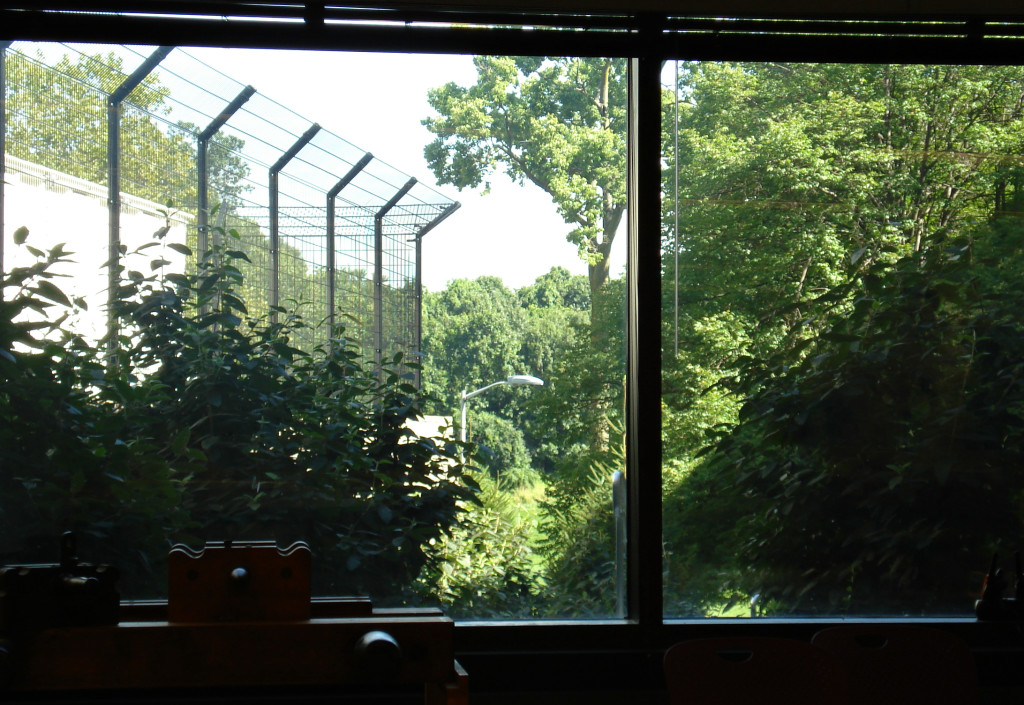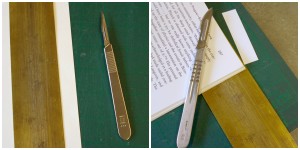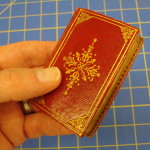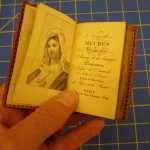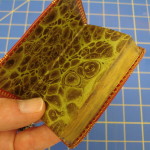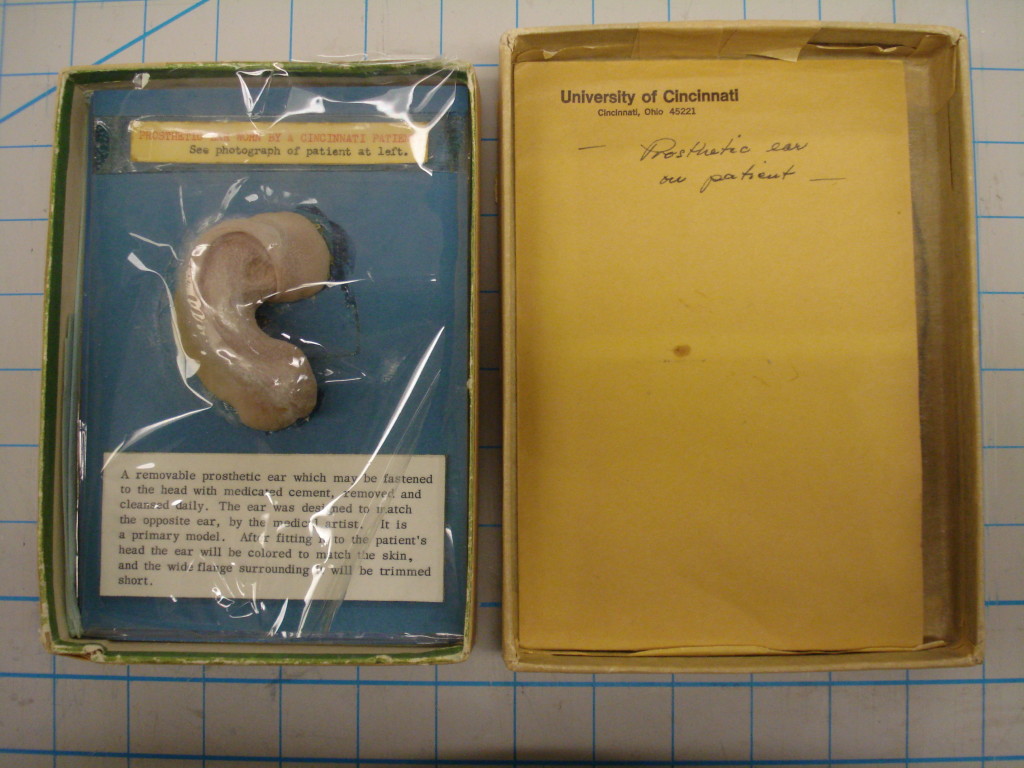Disaster Recovery in your pocket!
At the end of July the State Library of Ohio, with the support of IMLS, organized a two day workshop called Preservation Boot Camp. The workshop covered a myriad of preservation topics – conservation, reformatting, storage and handling, renovation, disaster recovery, and many more. While I took away a ton of ideas from the two day experience, and met dozens of colleagues that I hope to work with in the future, there was one particular tip and trick I just couldn’t wait to institute at our lab ASAP — the Pocket Response Plan (PReP) http://www.statearchivists.org/prepare/framework/prep.htm.
…
